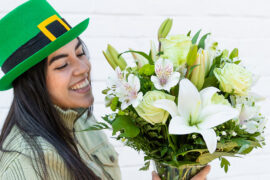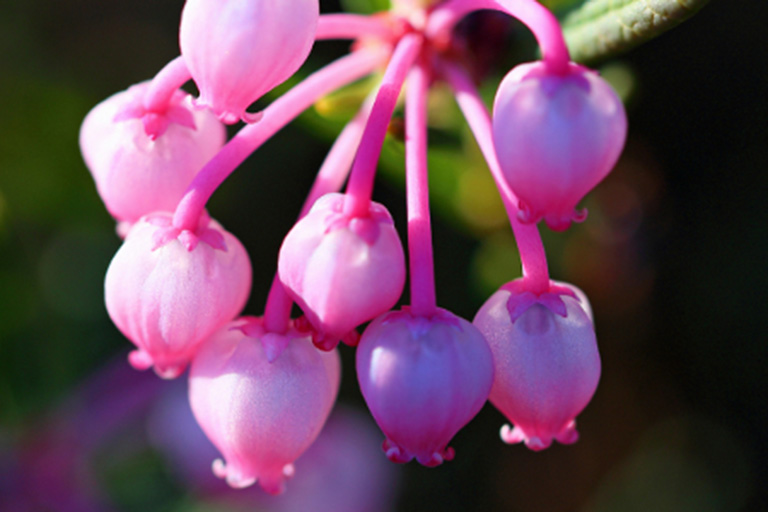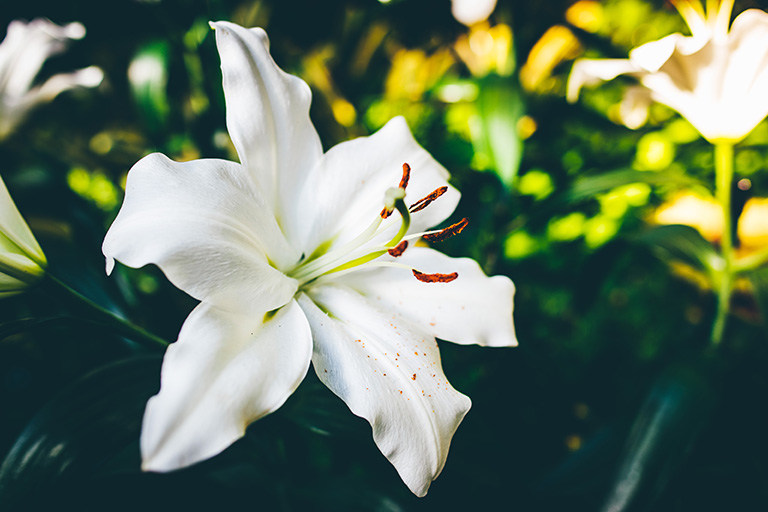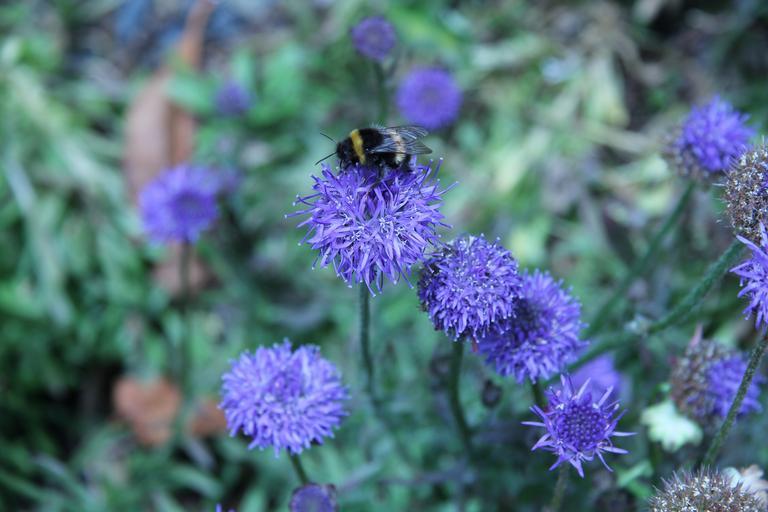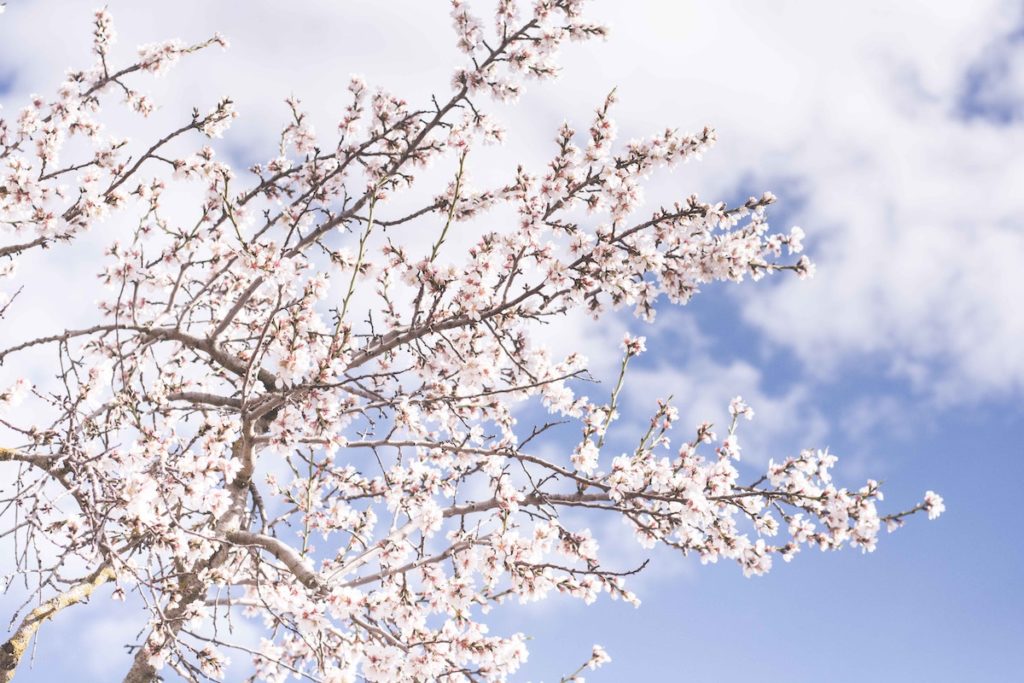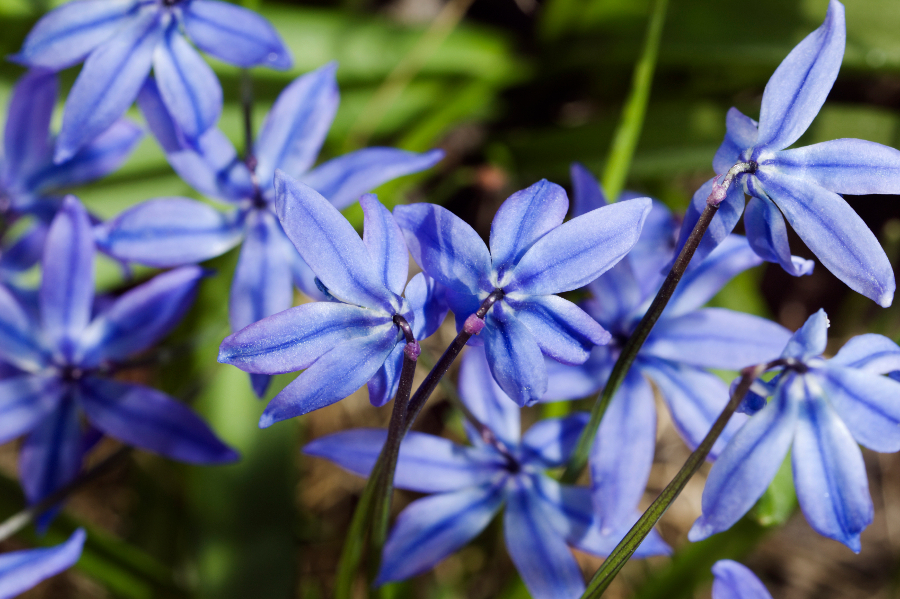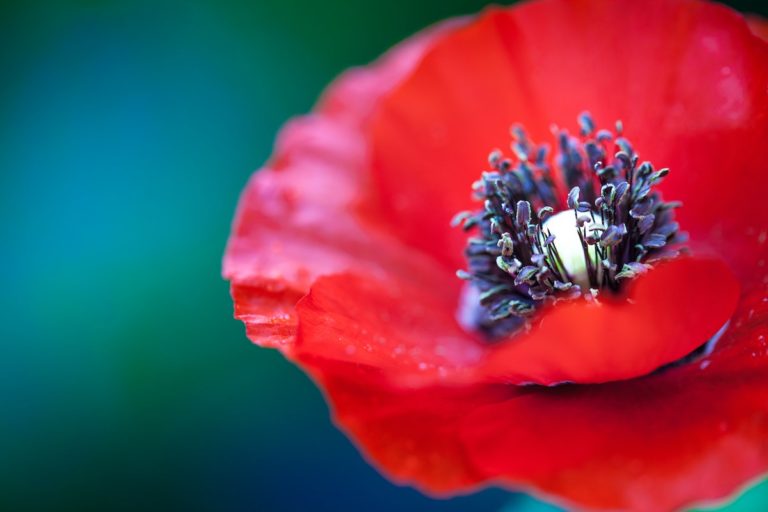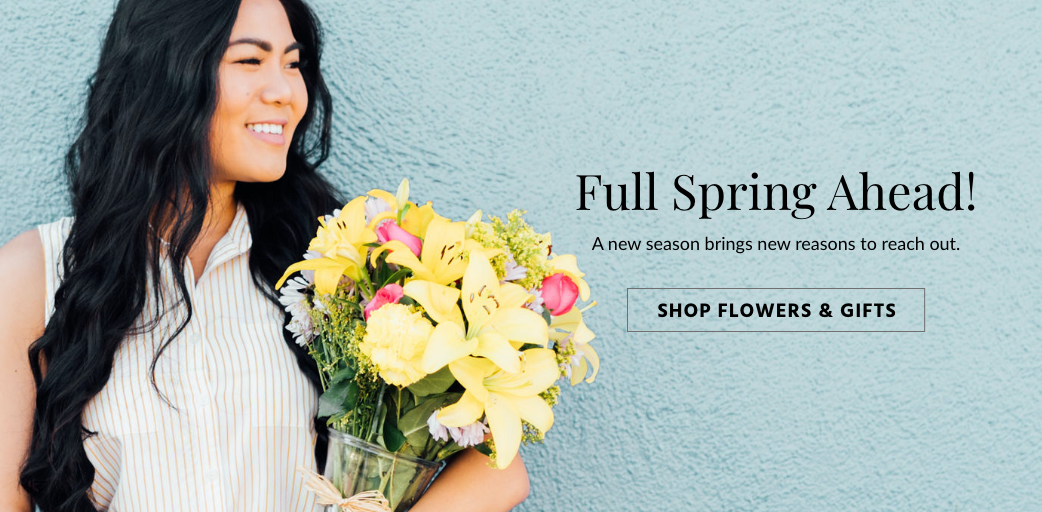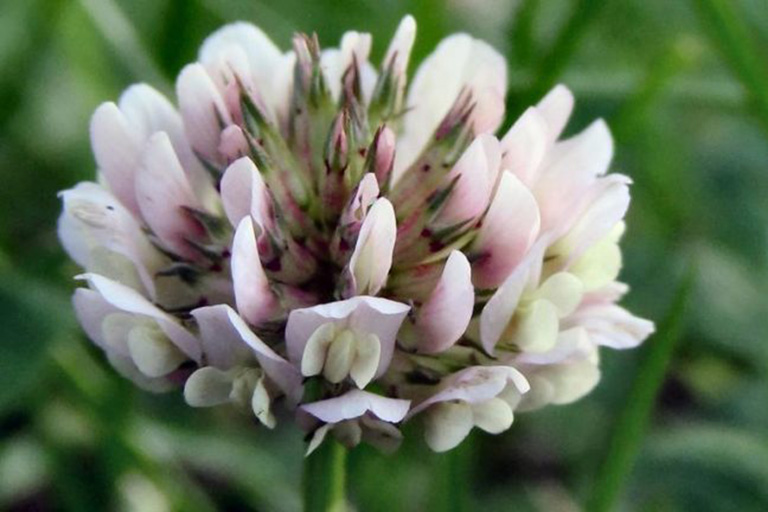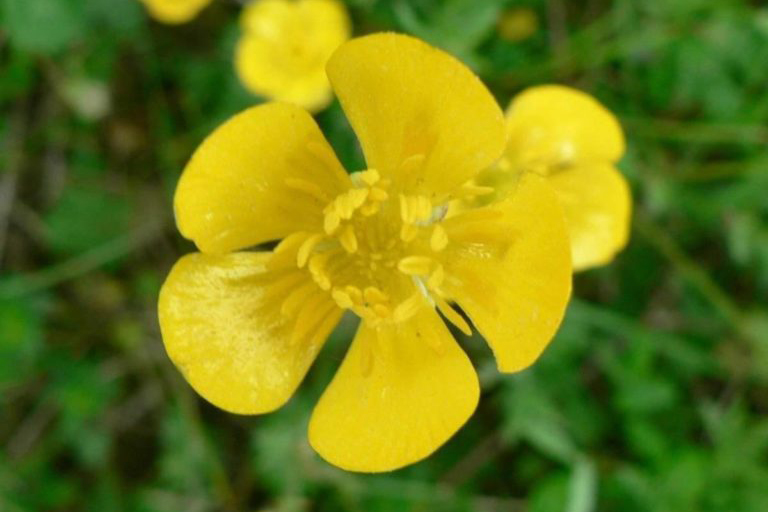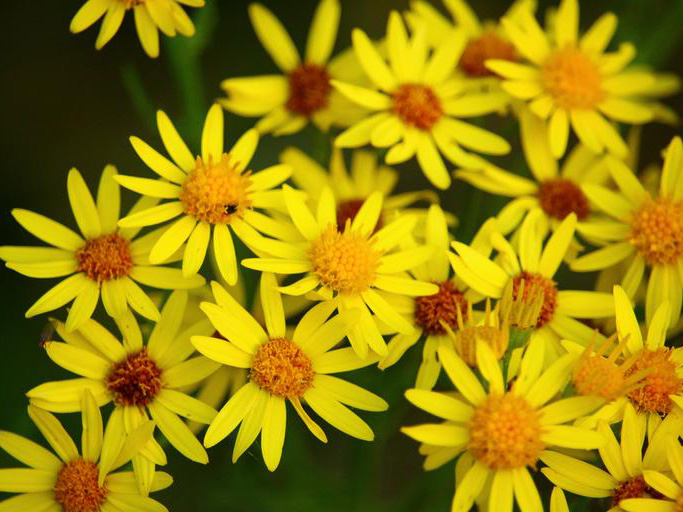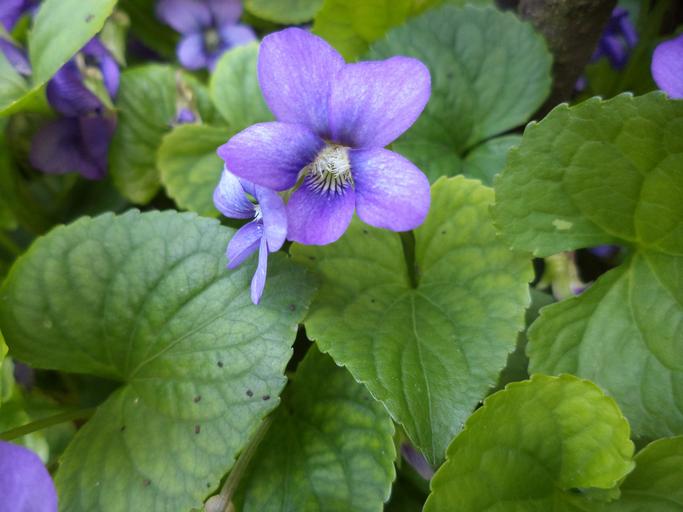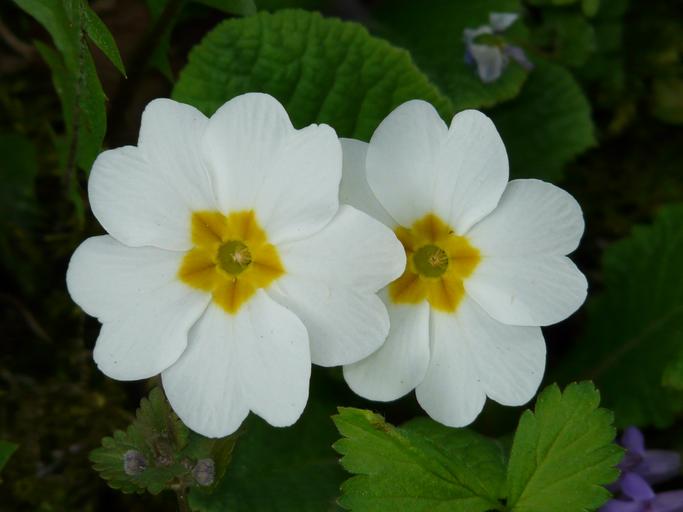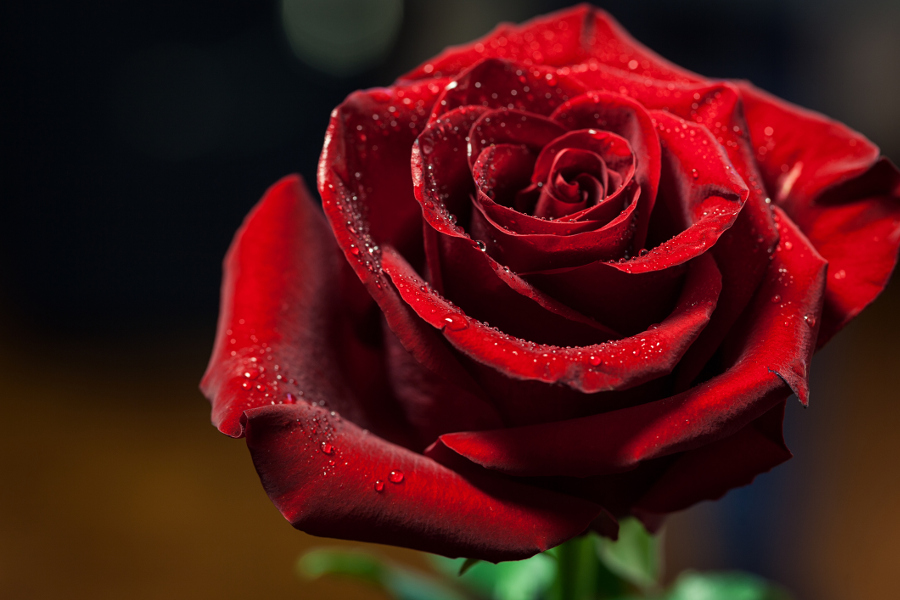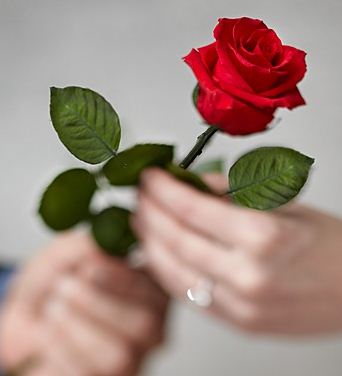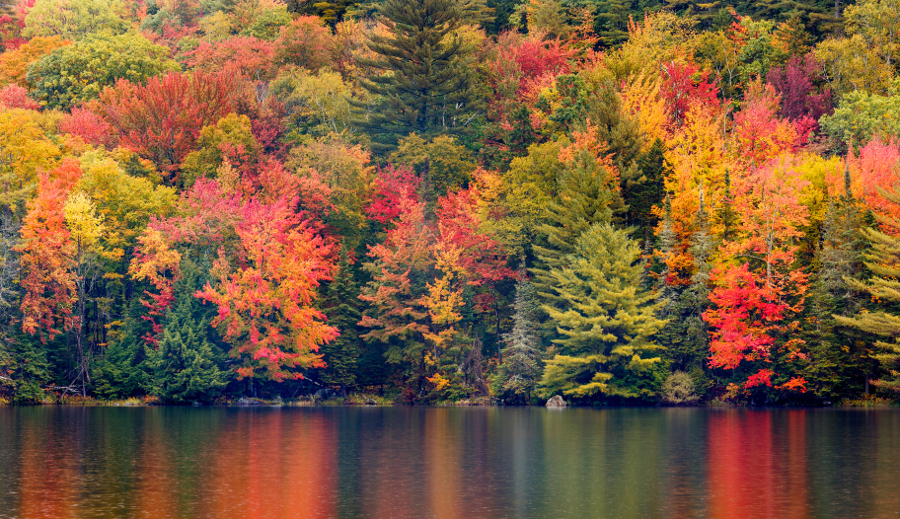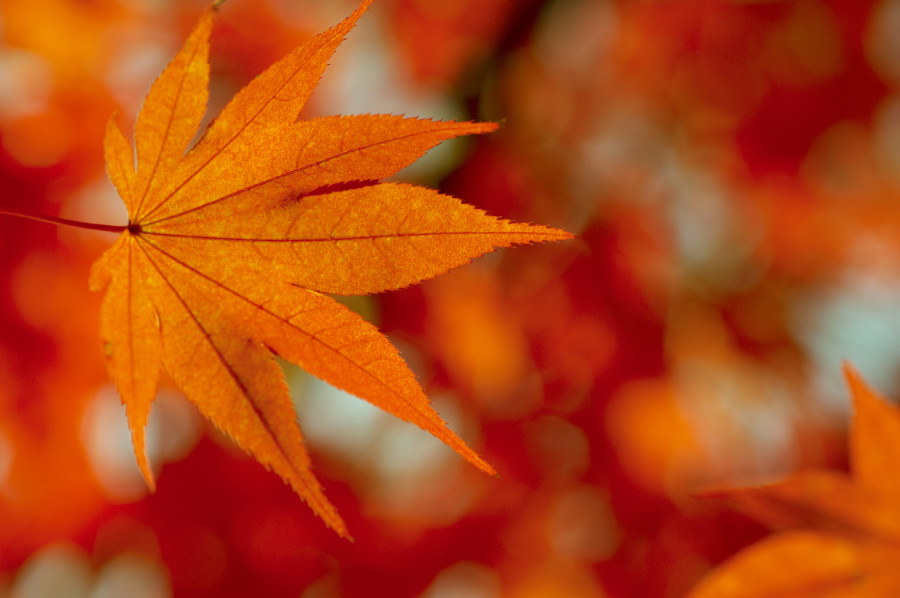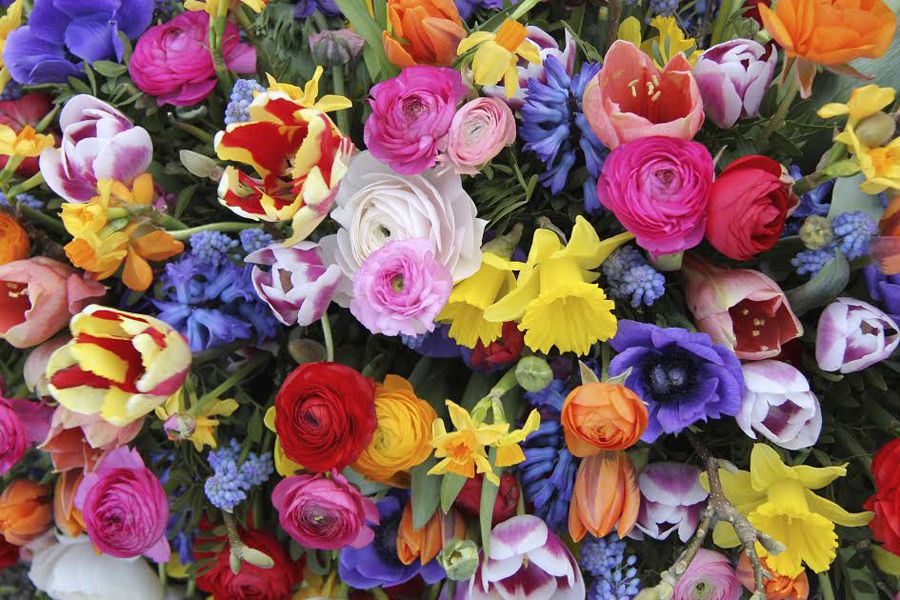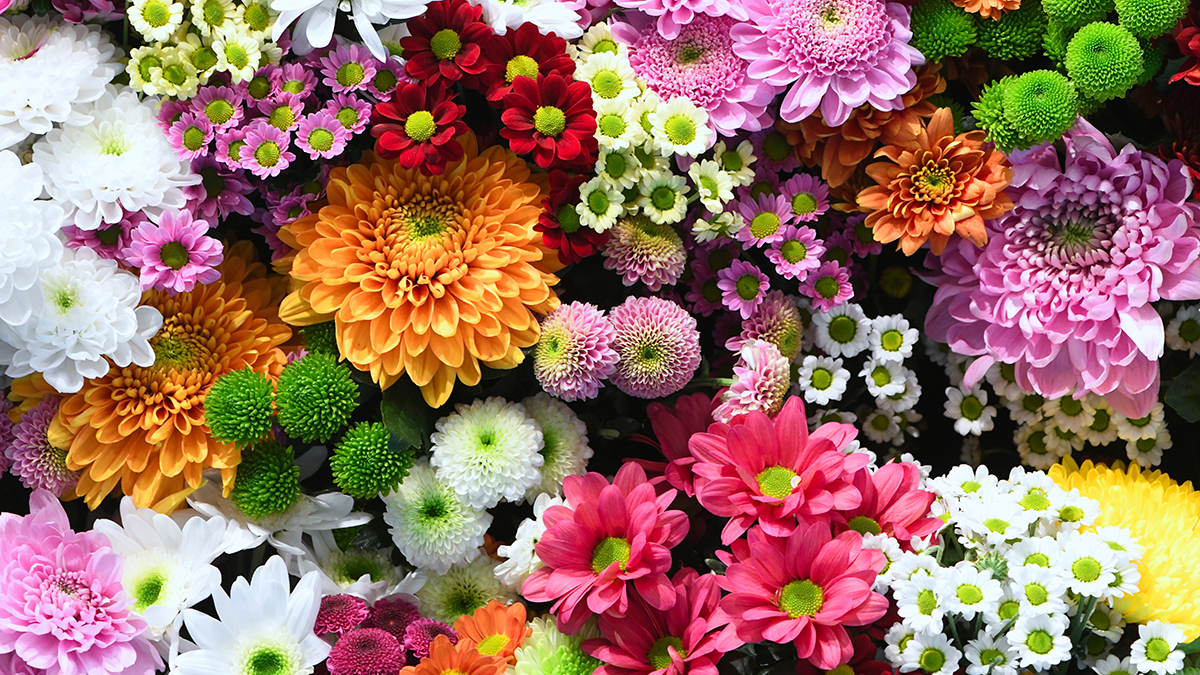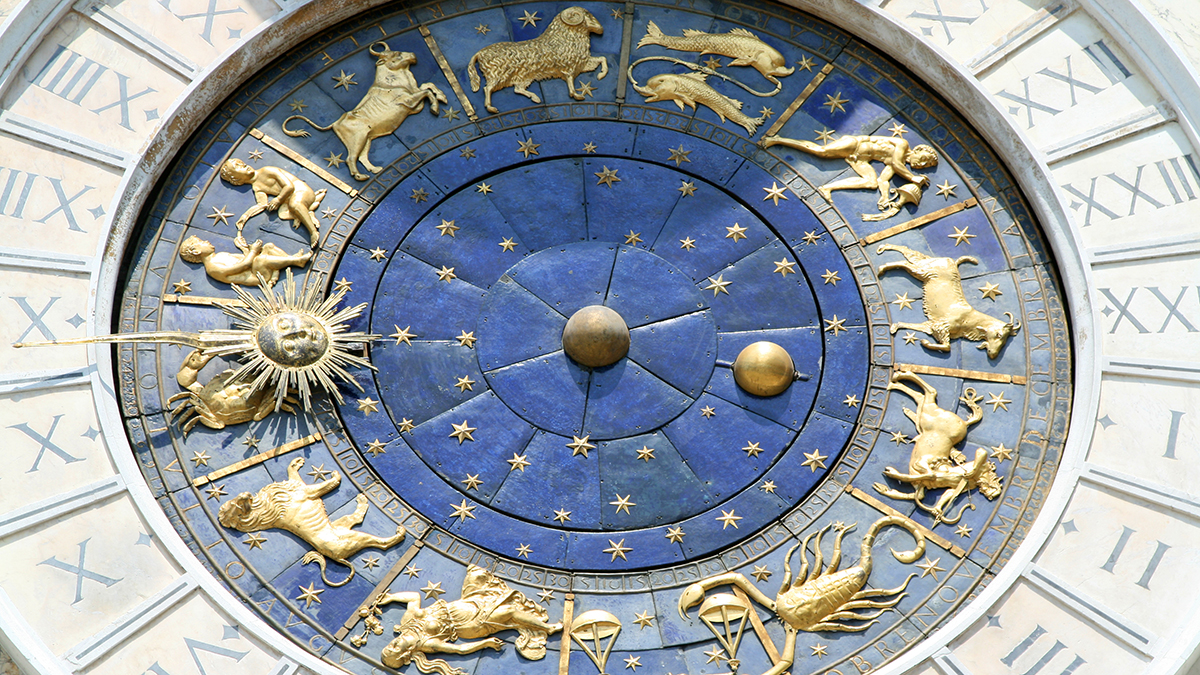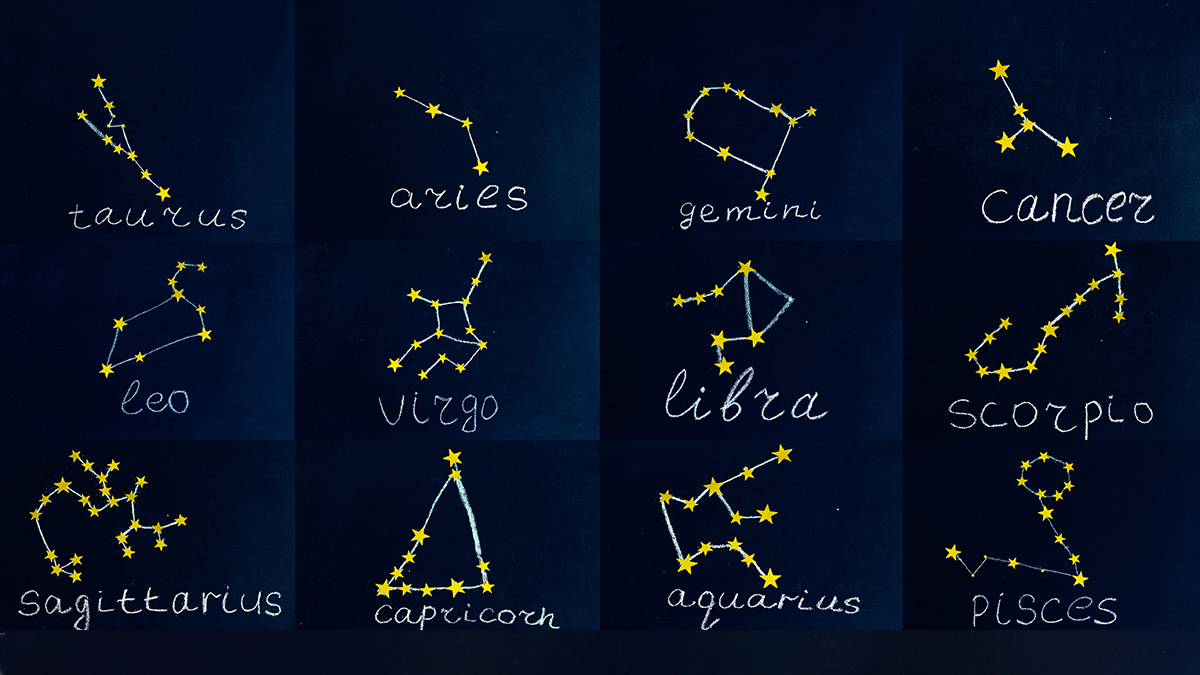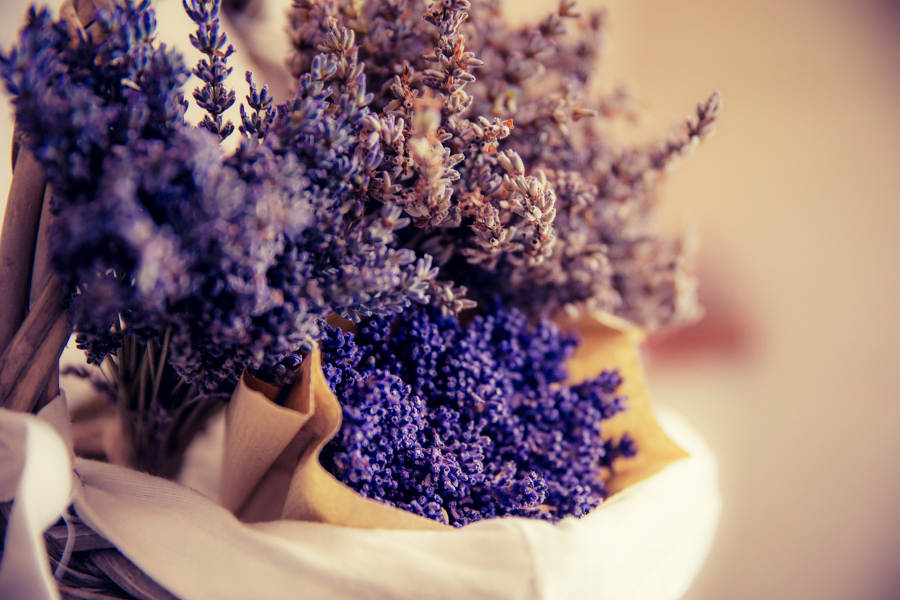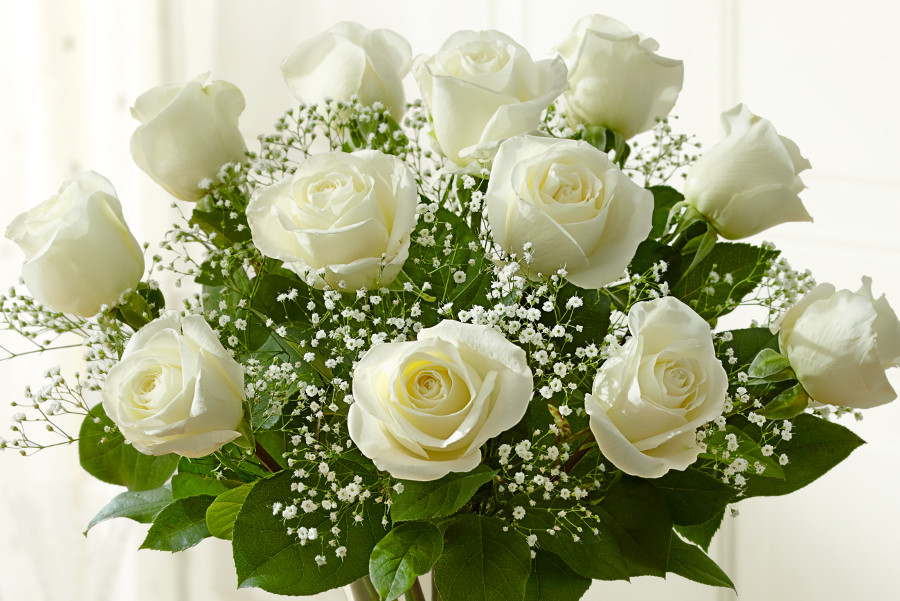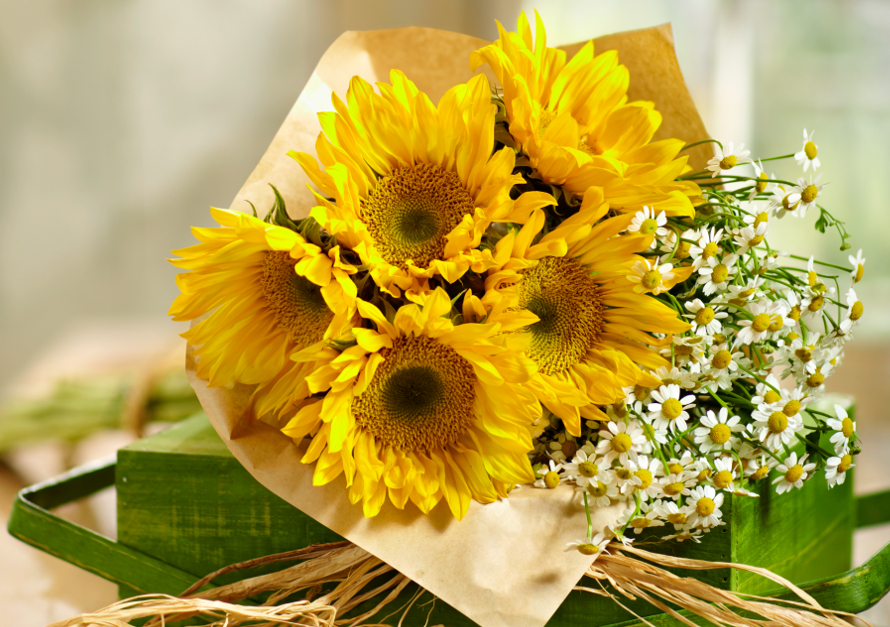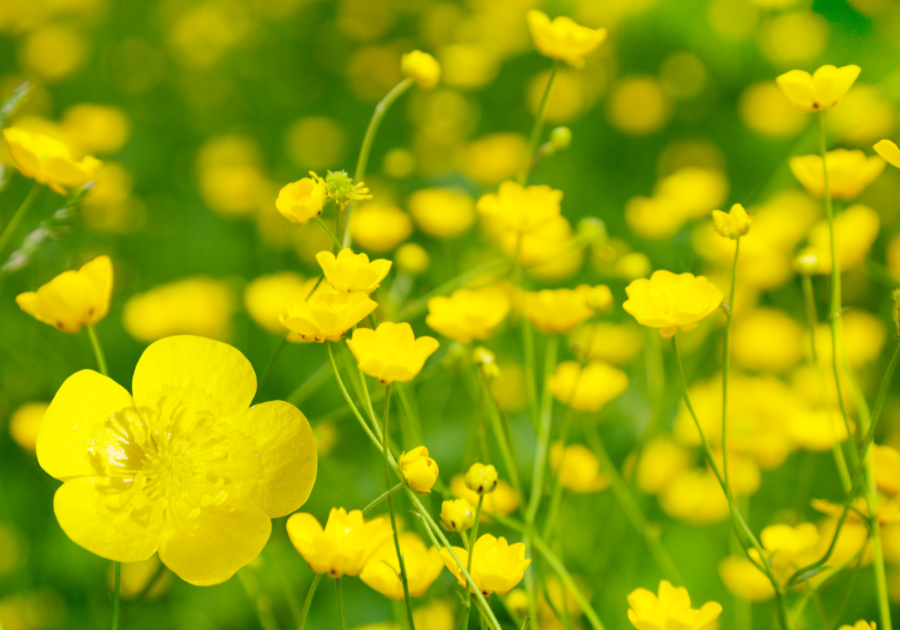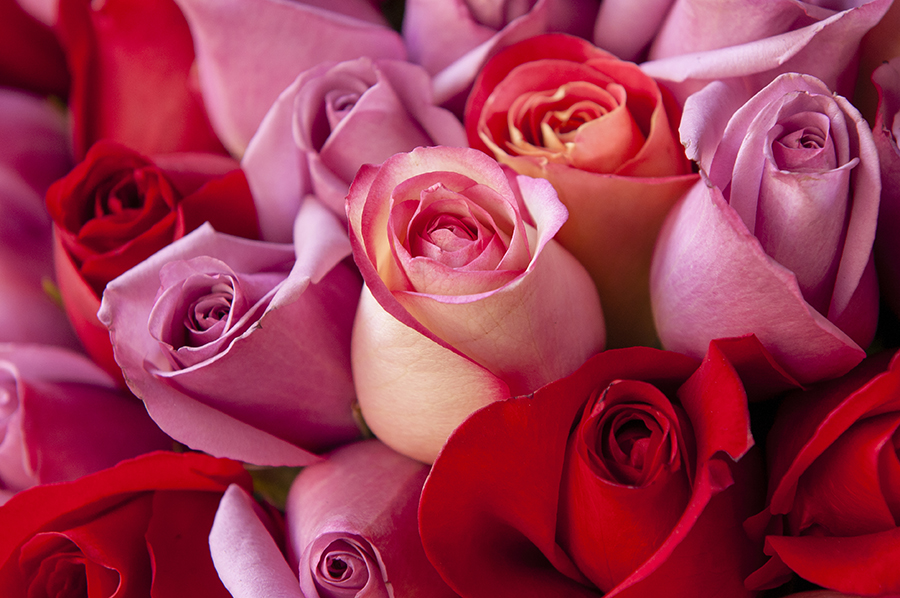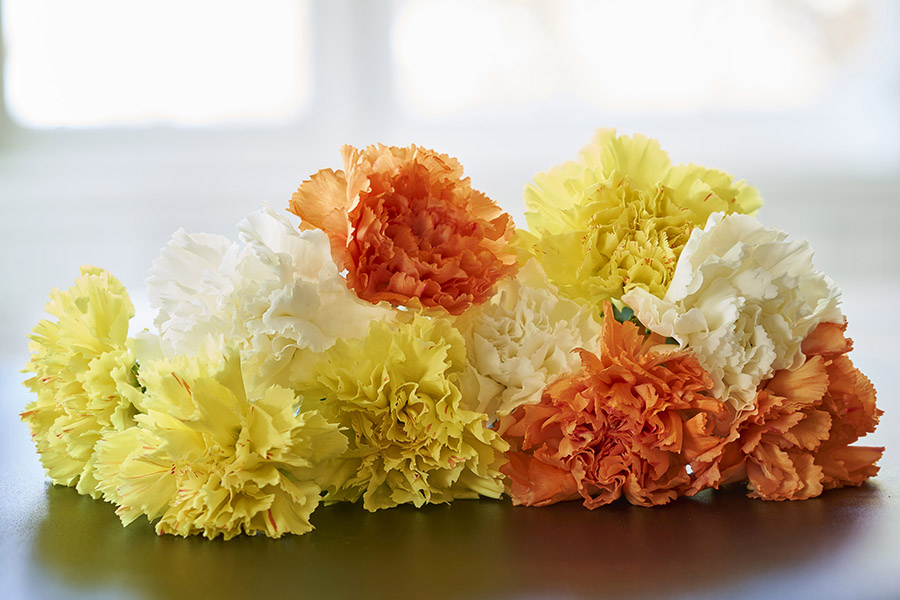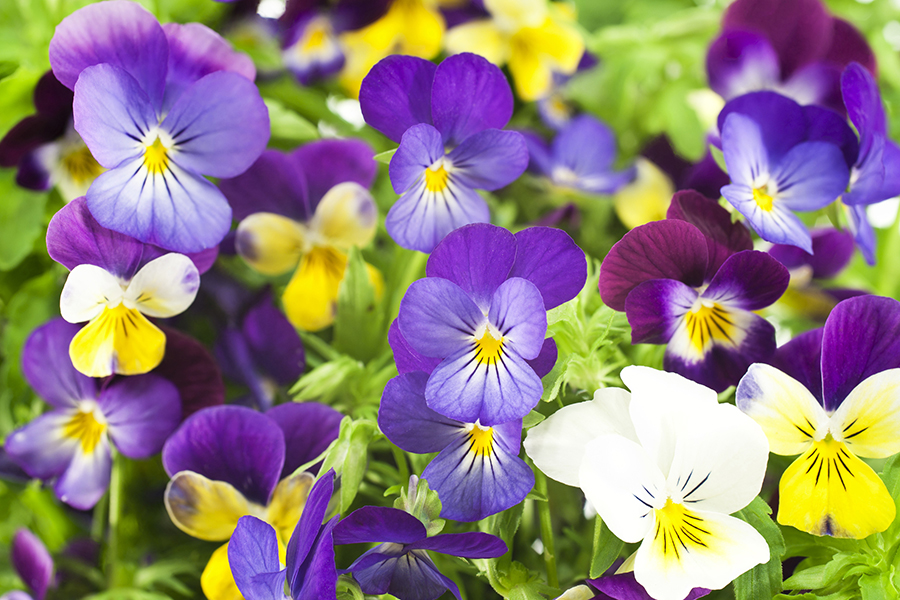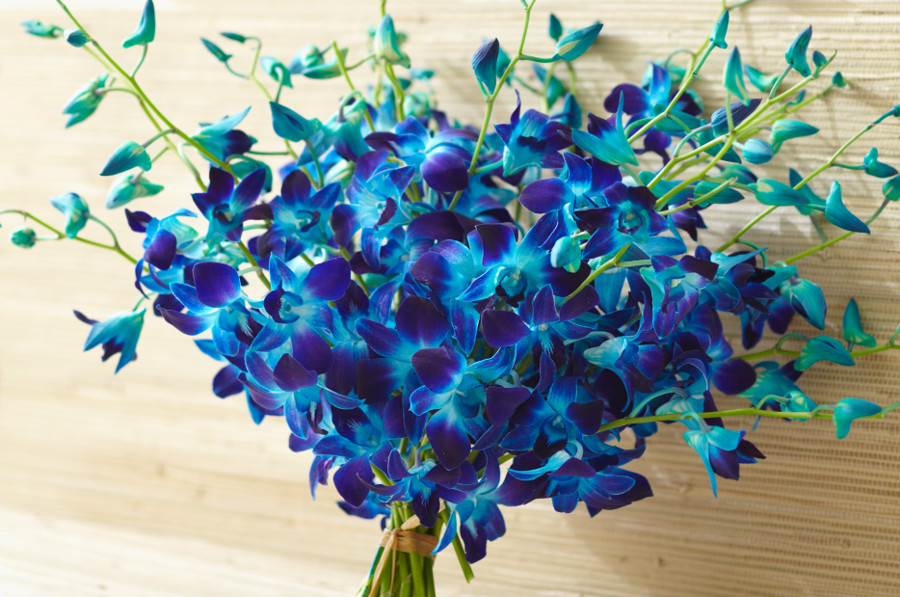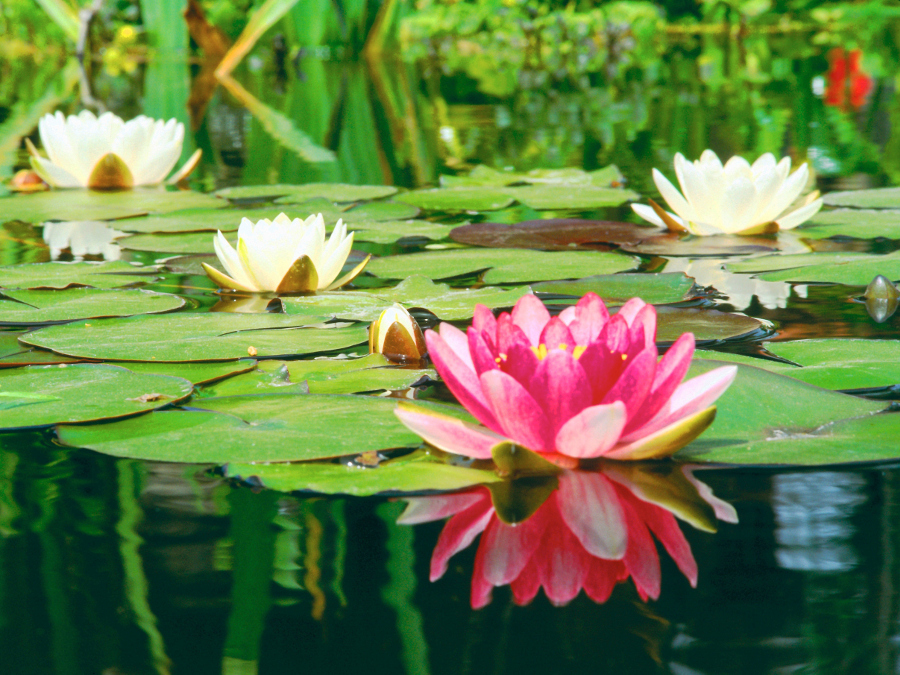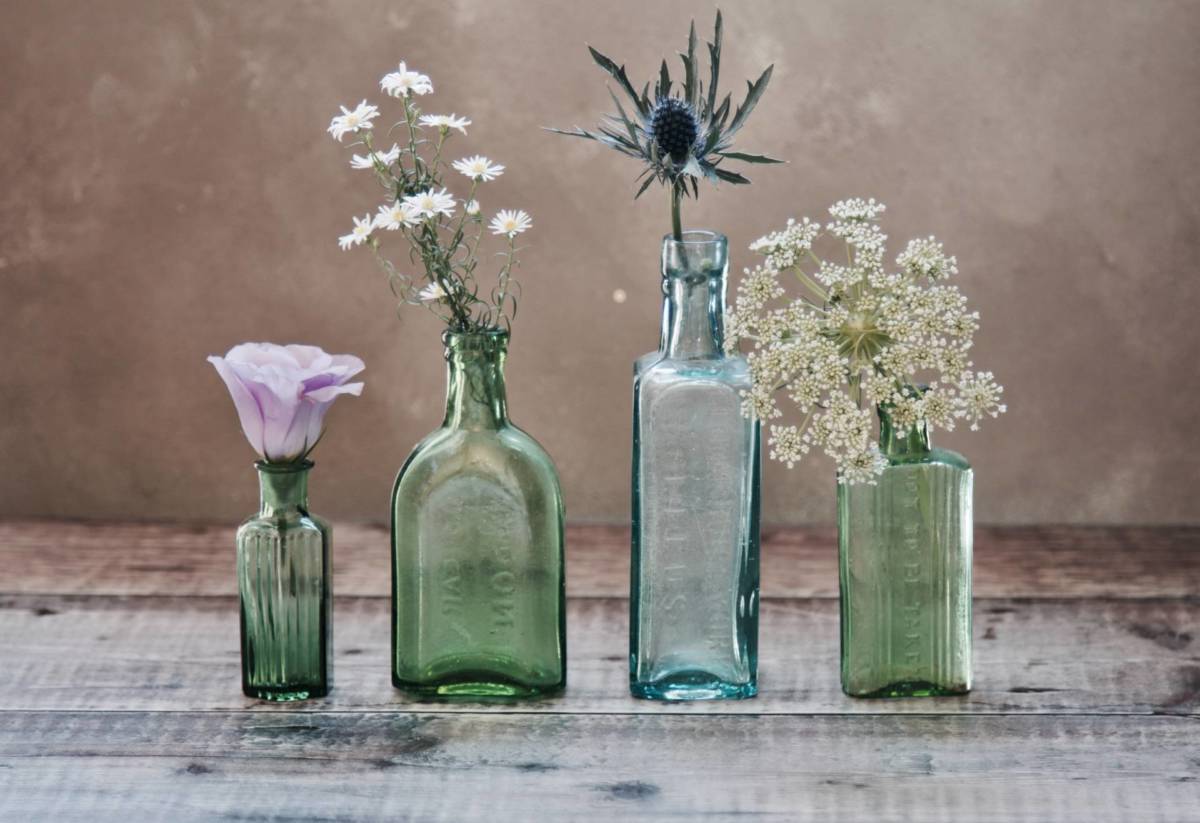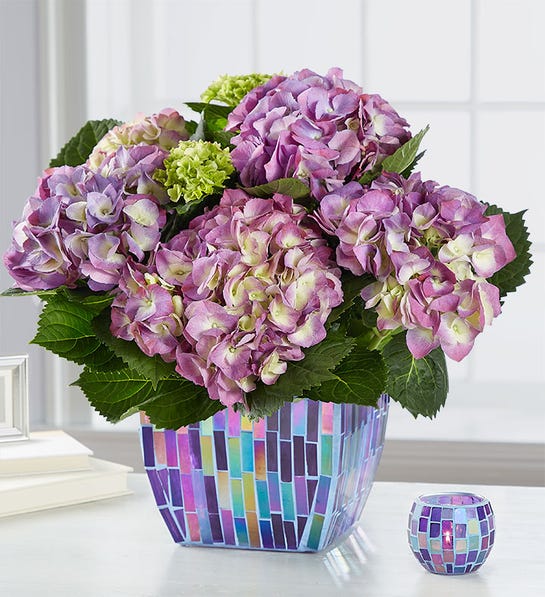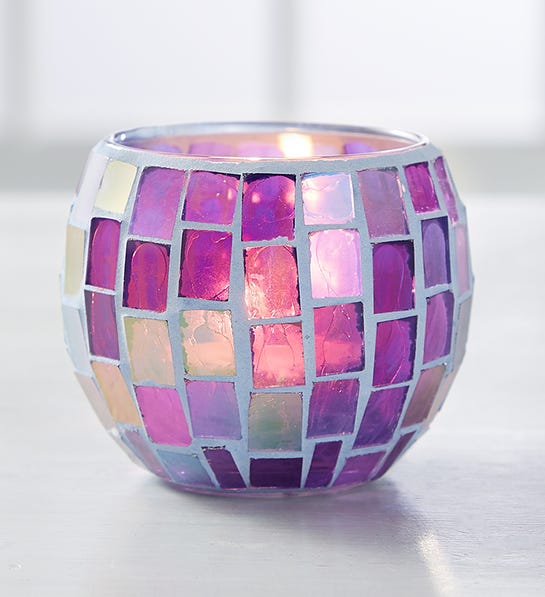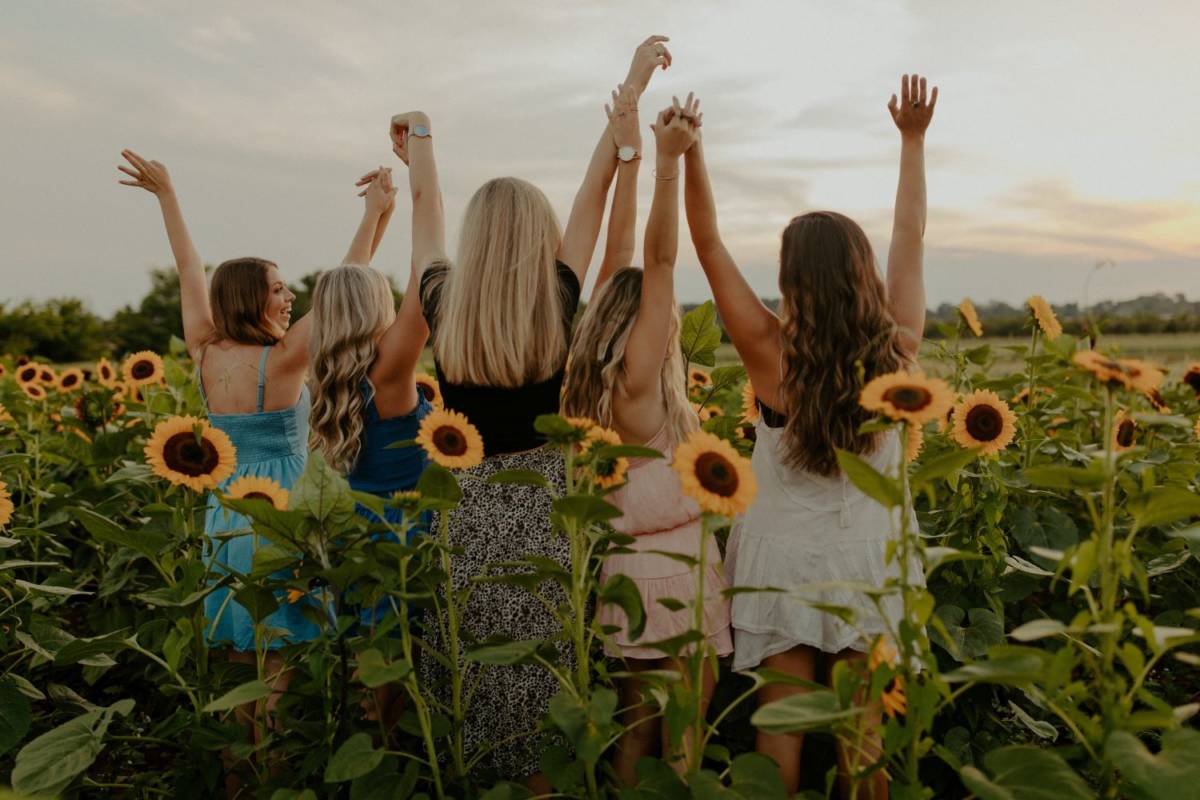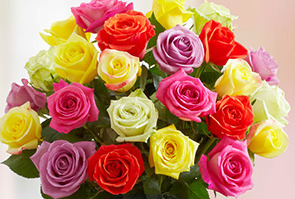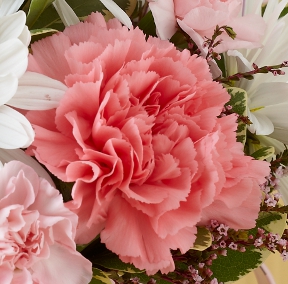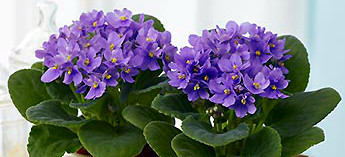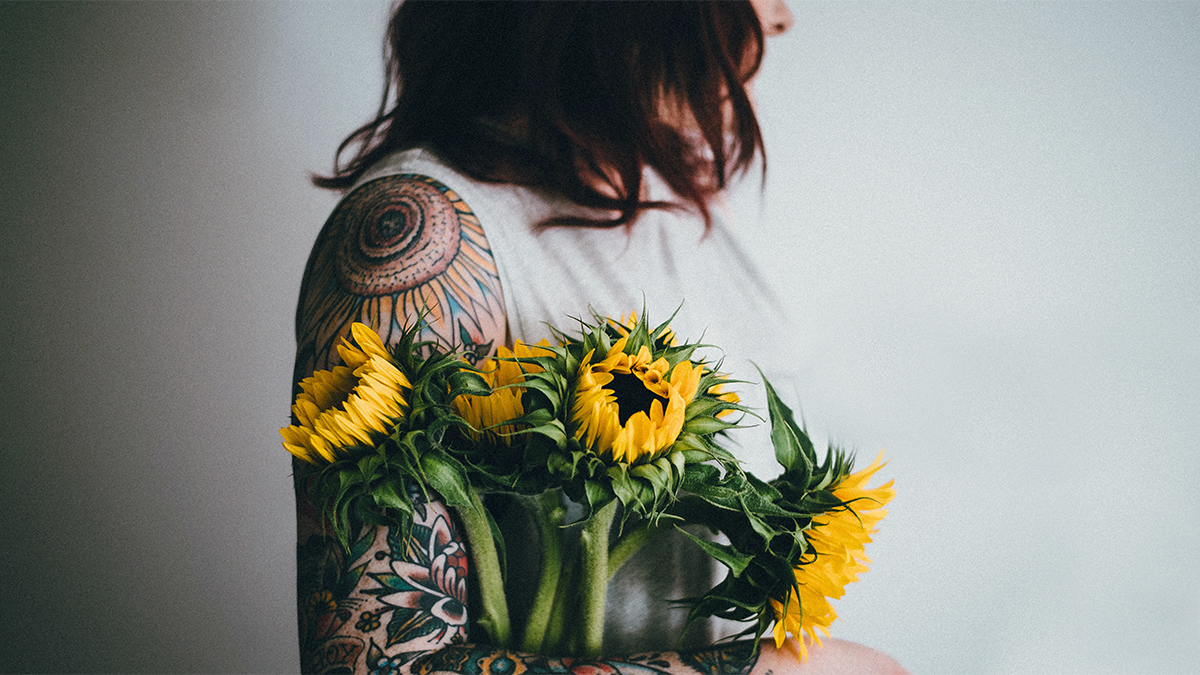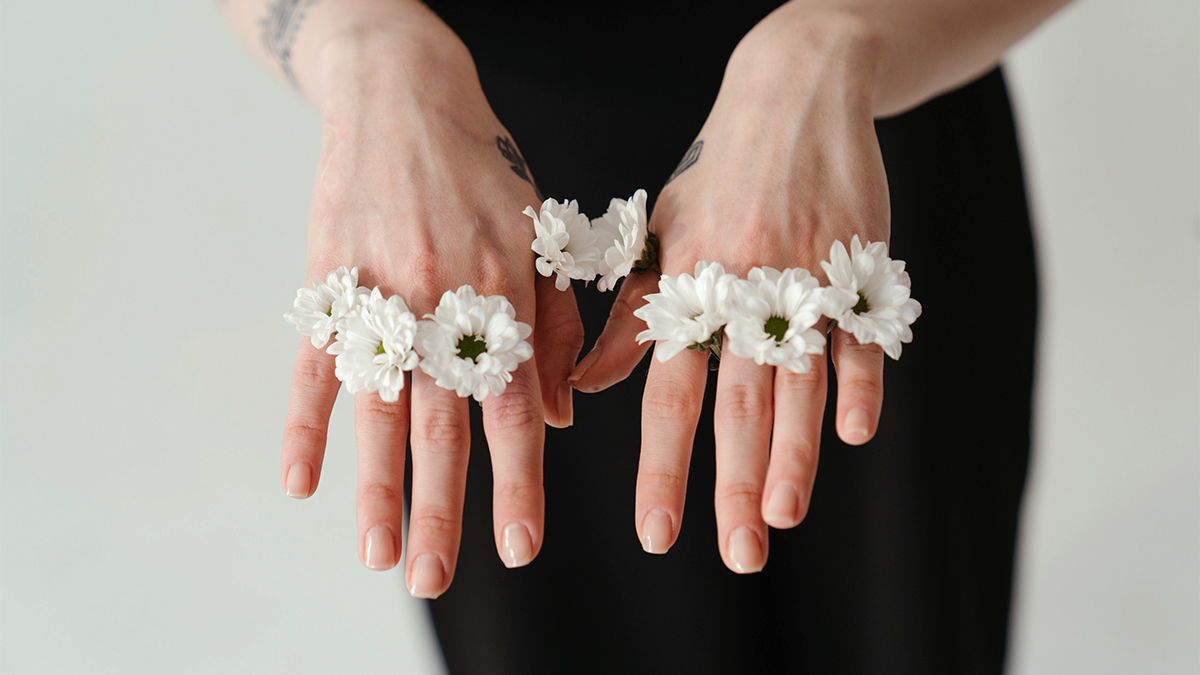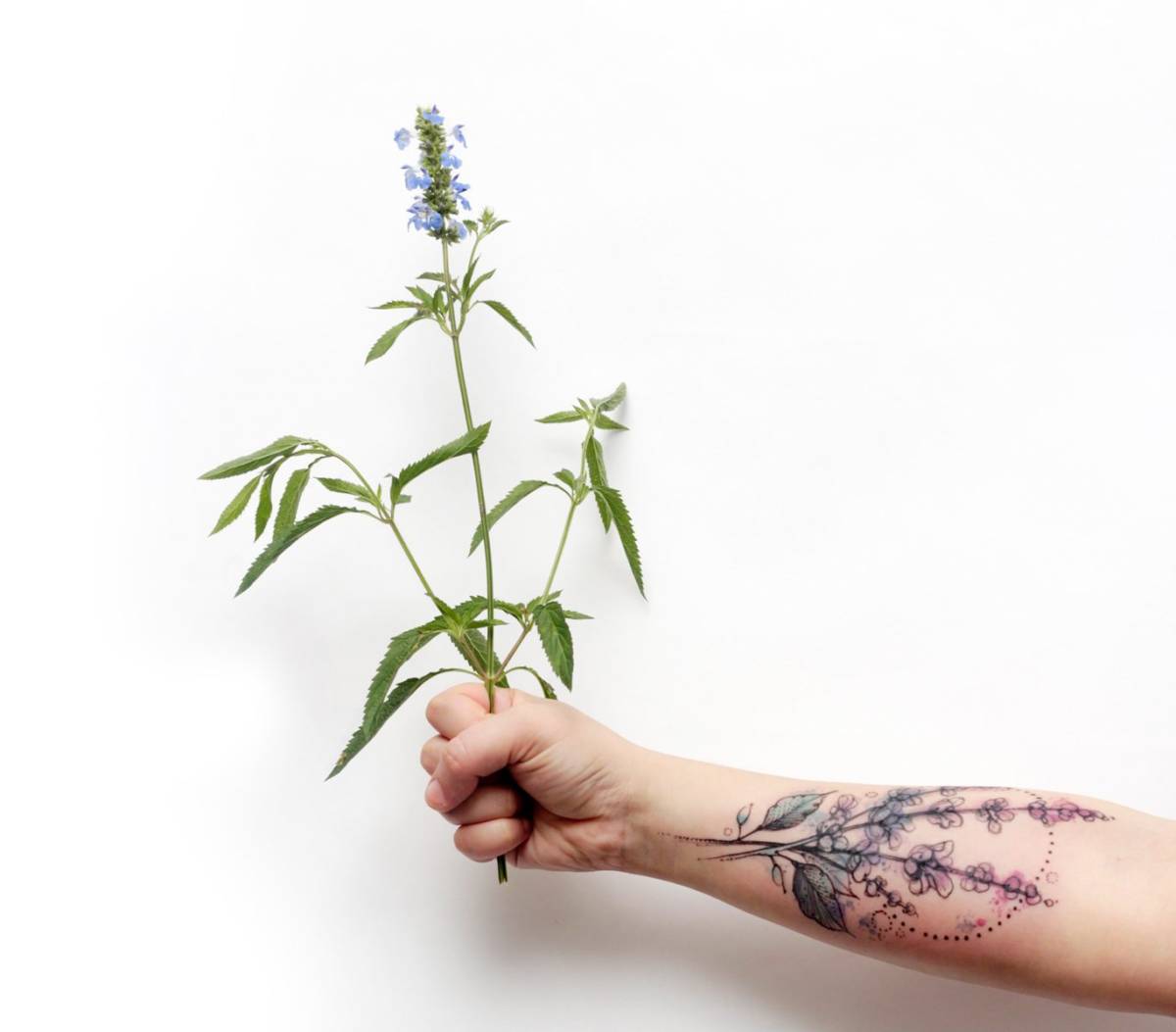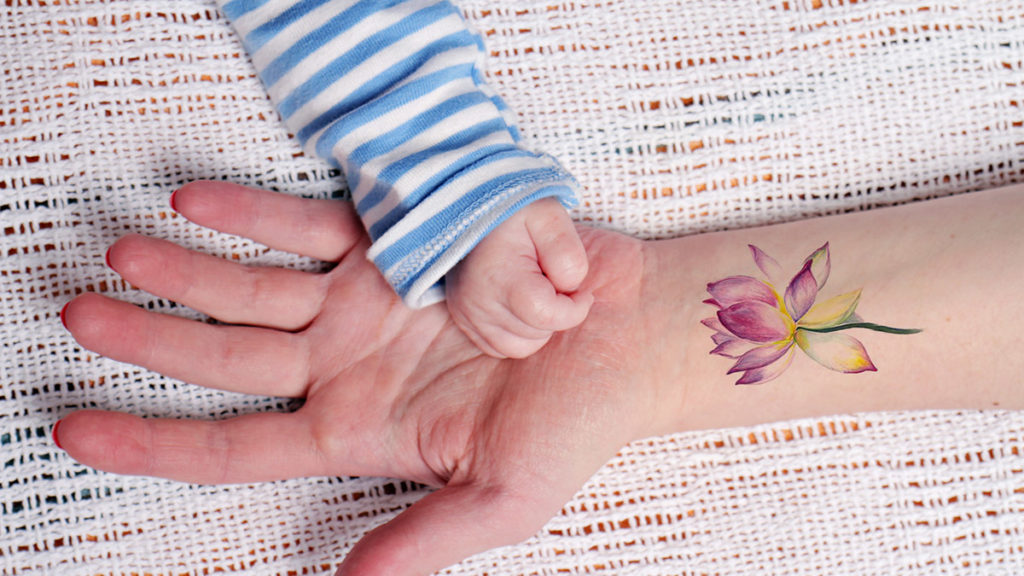It’s time to celebrate the head honcho with some Boss’s Day gift ideas!
Boss’s Day, which is observed every year on Oct. 16, is a day for employees to acknowledge their managers for all the hard work they do throughout the year. The idea came about when an insurance company employee named Patricia Bays Haroski registered the day as a holiday back in 1958 in honor of her boss — who also happened to be her father. She chose Oct. 16 because it was her father’s birthday, and she wanted it to be remembered as the day that strengthens the bond between employers and their workers.
Nowadays, we still honor our supervisors by giving them a thoughtful token of our appreciation. But how do you pick the right present for the captain of the ship? The first step is to think about their personality and management style.
Here are some helpful Boss’s Day gift ideas that are a perfect fit for any type of boss.
Revitalizing gifts for the hardworking boss
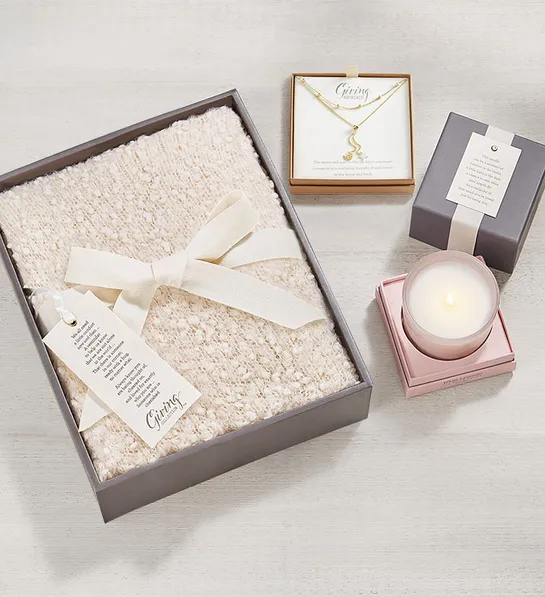
For her: The Giving Gift for Her
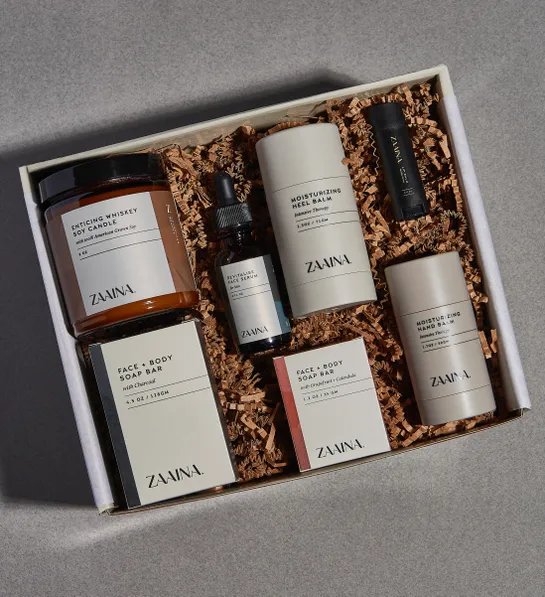
For him: Self Care Kit for Men
These movers and shakers keep your workplace going, tirelessly toiling from sunrise to sunset to ensure that both you and the company are successful. Give your overachieving boss a gift that will help them relax and re-energize after putting in all those hours.
Fun gifts for the laid-back boss
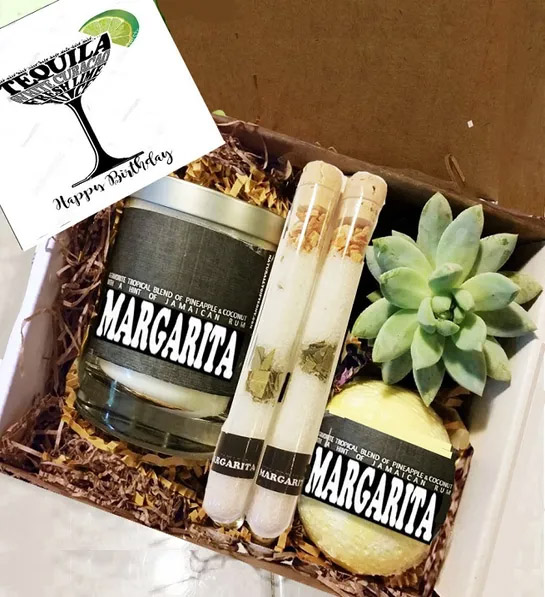
For her: Cocktail Succulent & Spa Gift Box

For him: The Bacon Bouquet
Business in the front, party in the back! This boss knows how to run a successful operation — and have a good time doing it. For the free spirit with a great sense of humor, give them something unique that will make them smile.
Out-of-the-box gifts for the innovative boss
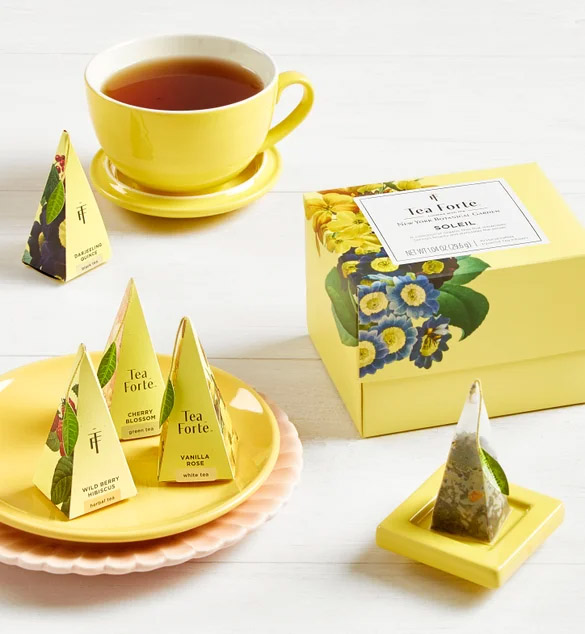
For her: Tea Forte® Soleil Tea Gift Box
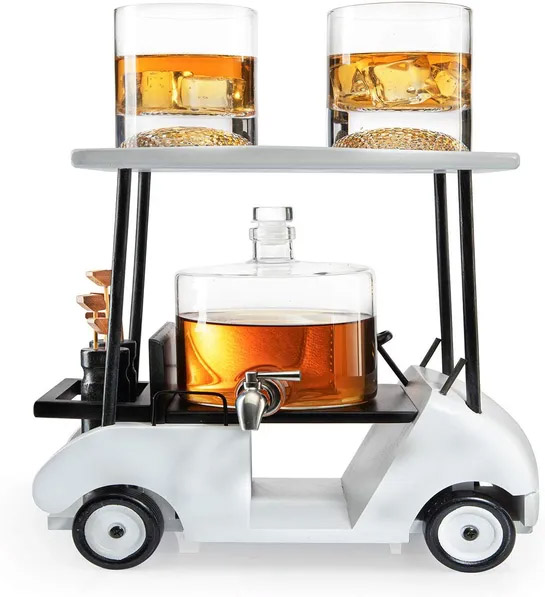
For him: Golf Whiskey Decanter Set
These guys are always one step ahead of the game. Their fresh new ideas hold the promise of a thriving future. Fuel your boss’s creativity by giving them a gift that’s as ingenious as they are.
Sophisticated gifts for the ritzy boss

For her: Gourmet Cheese Gift with Wine
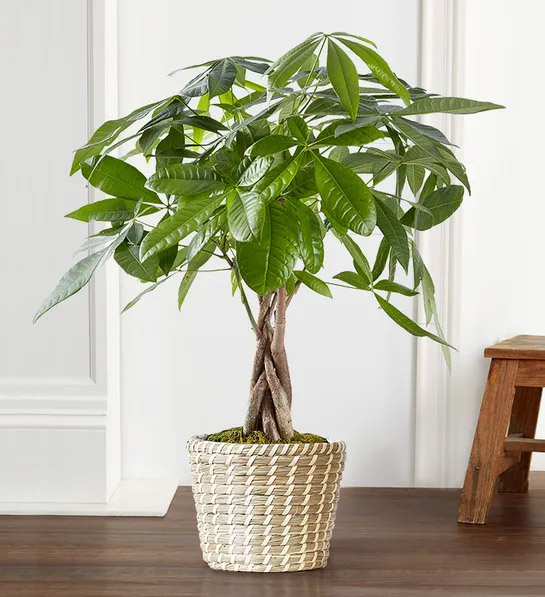
For him: Money Tree Plant
Always dressed to the nines and spotted at the swankiest hangouts, this boss lives the high life. Give them something tasteful that will look nice in their big office or complement their luxurious lifestyle.
Inspirational gifts for the encouraging boss
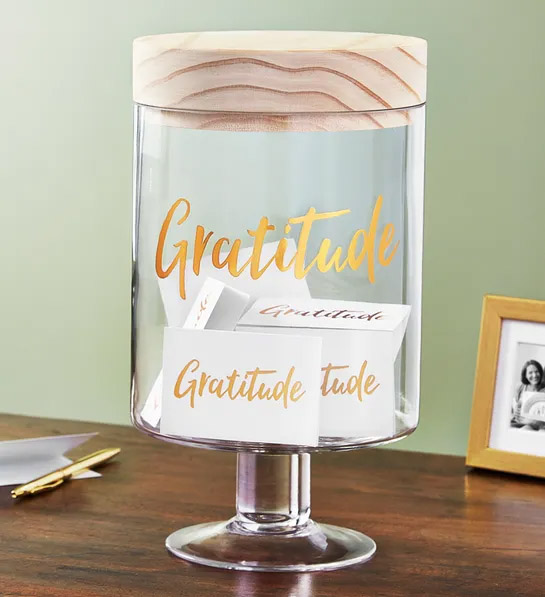
For her: The Gratitude Jar
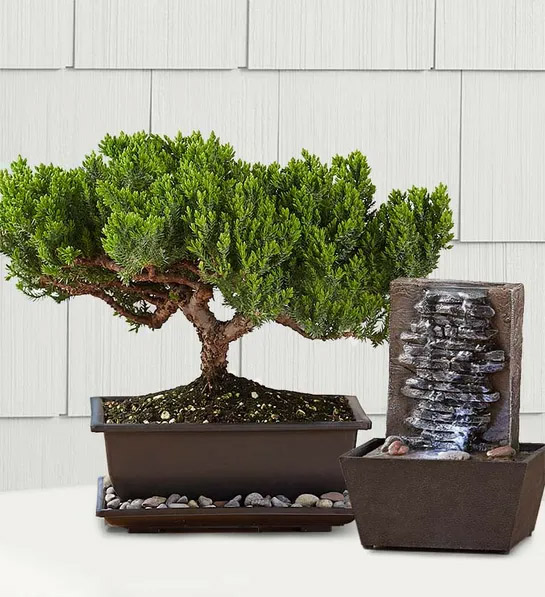
For him: Green Mound Juniper Bonsai
The ultimate team player, this boss has faith in their staff and can stir up your enthusiasm with a motivational speech on the fly. This Boss’s Day, return the favor by presenting them with a spirit-raising keepsake.
Simple gifts for the no-nonsense boss
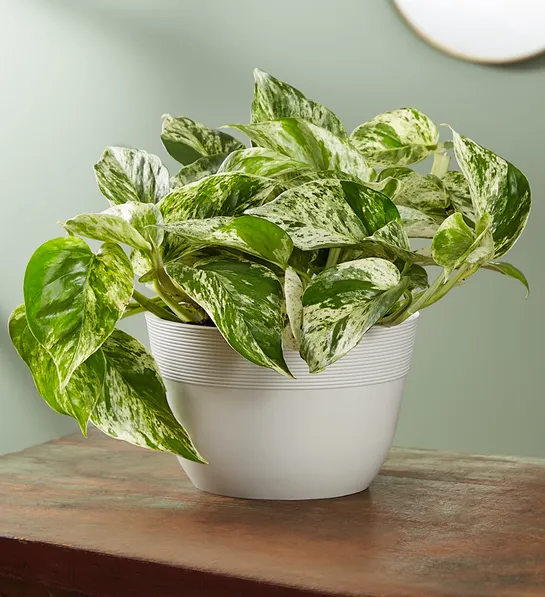
For her: Marble Queen Pothos Plant
No frills, no thrills — just show them results. That’s the kind of boss you have, and that philosophy is reflected in their possessions. Get your superior a gift that gets the job done, plain and simple, and doesn’t require a lot of fuss.
Sentimental gifts for the sensitive boss
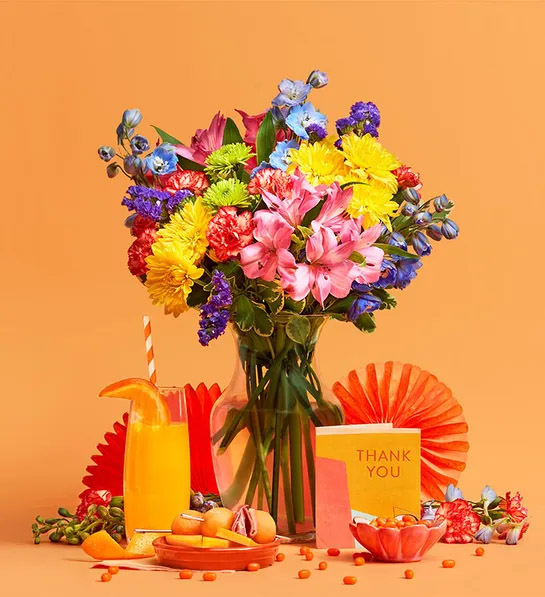
For her: Big Thanks Energy bouquet
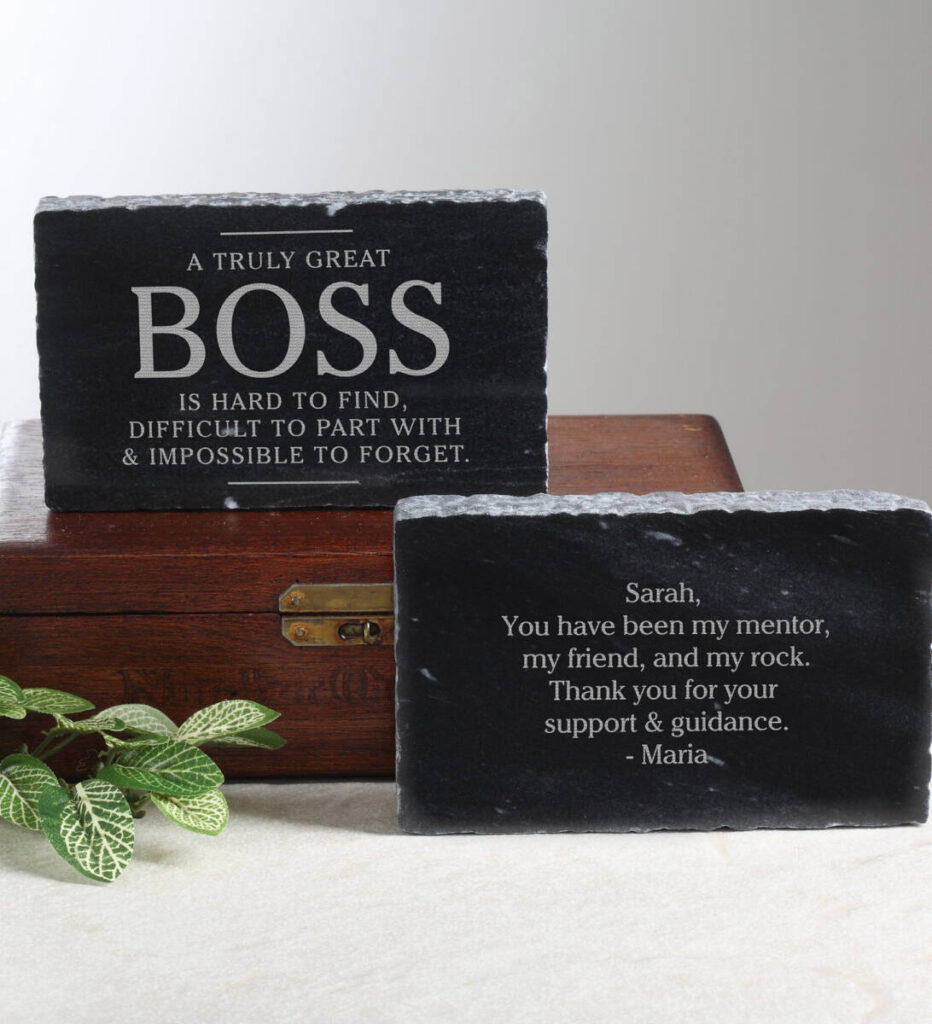
For him: The Boss Engraved Marble Keepsake
As someone who leads with compassion and understanding, your boss is in tune with not just his own feelings but those of his staff as well. A gift that hits him in the feels will be much appreciated.


